Since their invention in 1960, lasers have become a fixture in science fiction, impressing the audience with their futuristic capabilities – namely, extreme precision and power.
From Sci-Fi to reality
Now, with decades of technological advancement, the gap between sci-fi and reality is closing. These days, lasers up to 70 or 75KW can be produced as standard. Such lasers are used across many applications – in manufacturing, for building cars, ships, or aircraft. In these industries, laser technology allows for precise, powerful cutting and welding. And, just like a sci-fi beam gun, high power lasers, sometimes operating at 100KW or more, can be used for directed-energy weapons. These weapons can neutralize a target with incredible accuracy, without collateral damage, and the “ammunition” is delivered at the speed of light.
A high power laser system is made up of many advanced components.
In order for such a system to maintain continued high performance, and achieve consistent laser processing quality, the laser beam itself must be measured and controlled. Usual measurements include beam power and focal plane location sometimes together with pulse energy, beam profile, position, and size. These measurements are needed in order to achieve the necessary power density in a specific, controlled location. If any of the parameters were to drift from the requirements, the process would become unpredictable; measuring the relevant parameters can help prevent this.
Measuring a high power laser
Measuring a high power laser isn’t an easy task – the measurement equipment needs to have a high damage threshold, so it can handle the incoming power without distorting the measurements, or causing damage to itself. To illustrate this, let’s take a look at some aspects of thermal sensors, which are used to measure beam power.
Firstly, thermal sensors must be cooled, to prevent heat build up which can cause damage. For standard high power lasers, a simple water-cooled system is usually used, whereby water removes some of the heat from the sensor. However, for ultra high power lasers, up to 120KW, a more advanced design may be used.
Unique water-cooled design
Ophir’s 120K-W is one such sensor. This sensor uses a unique water-cooled design in which the temperature rise of the cooling water is used, together with the water’s flow rate, to measure the power. This sensor, along with many others in Ophir’s range, also has a deflecting cone, which reflects the laser beam radially outwards with a divergence angle, so that by the time it reaches the cylindrical absorber around it, the power density is much lower. It’s features like these that ensure laser measurement systems are able to support the performance requirements of the latest high power lasers.
Whether it’s for an advanced materials processing task, or for directed-energy weapons, the key to laser accuracy and performance is in precise laser measurement and control. With specialized laser measurement devices like the 120K-W, the highest power lasers can be used to their full potential – bringing science fiction to life.
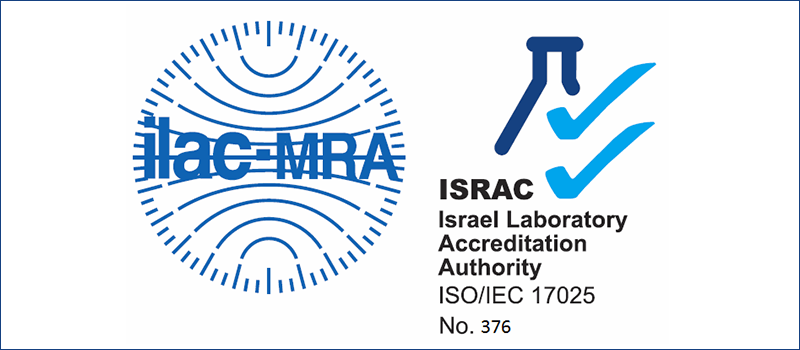
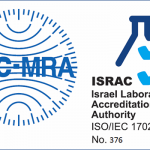

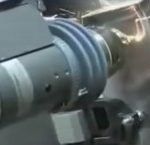
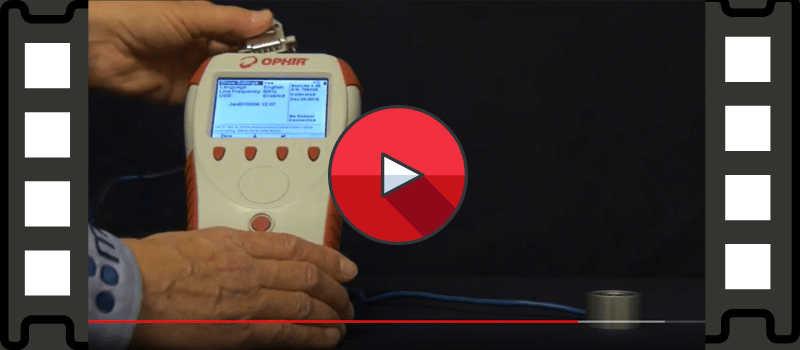

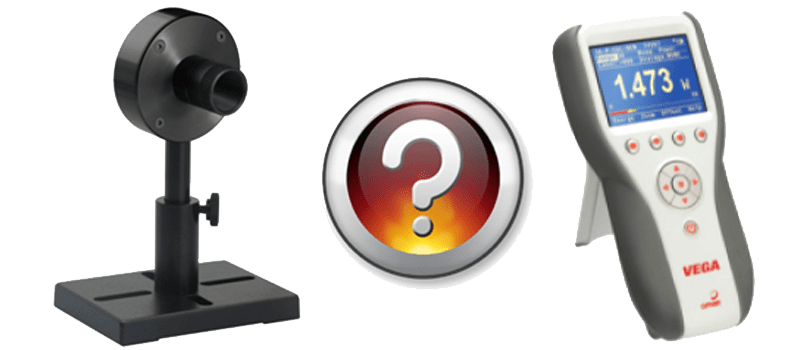





Leave a Reply
Your email address will not be published. Required fields are marked *